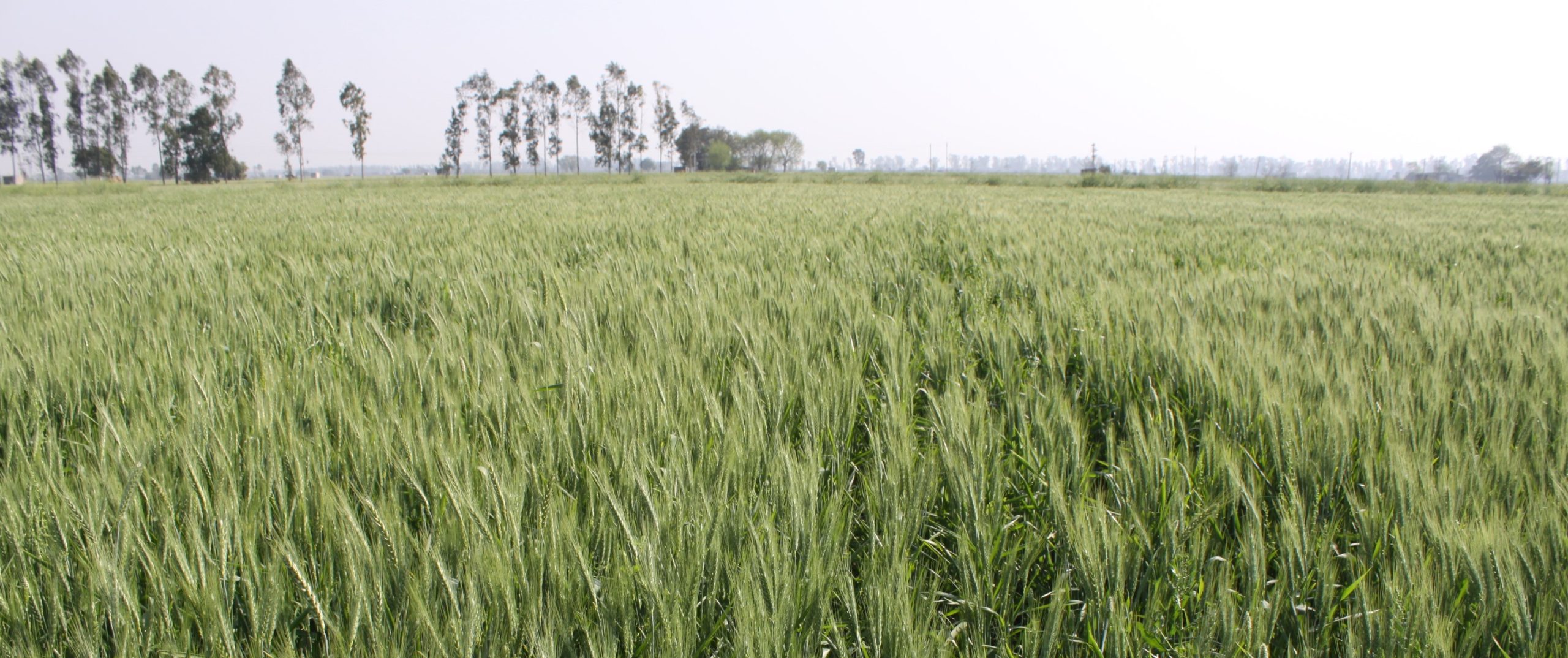Twenty-twenty four is set to become one of the hottest years on record. Warmer temperatures are destabilizing ecosystems, threatening human life, and weakening our food systems. On Earth Overshoot Day, CIMMYT calls for increased attention to the interplay between environmental health and efficient, abundant food production through sustainable practices.
Food systems are one of the top contributors to greenhouse gas (GHG) emissions, accounting for one-third of all human-caused GHG emissions. While contributing to climate change, food production is also sorely impacted by it, undermining agrarian livelihoods and the ability to feed an increasing global population. Extreme and unpredictable weather is causing economic hardship, food and nutrition insecurity, and use of environmentally harmful practices.
In the Western Indo-Gangetic Plains of India, rice and wheat are the dominant staple crops, grown yearly in rotations covering more than 13 million hectares. But conventional tillage-based methods have been unable to increase yields. Some of these traditional methods based on intensive tillage have harmed the soil, exhausted aquifers, and increased GHG emissions, without raising crop yields. CGIAR soil and climate scientists and agronomists have partnered to find solutions that help increase rice and wheat production, while minimizing harmful environmental effects.
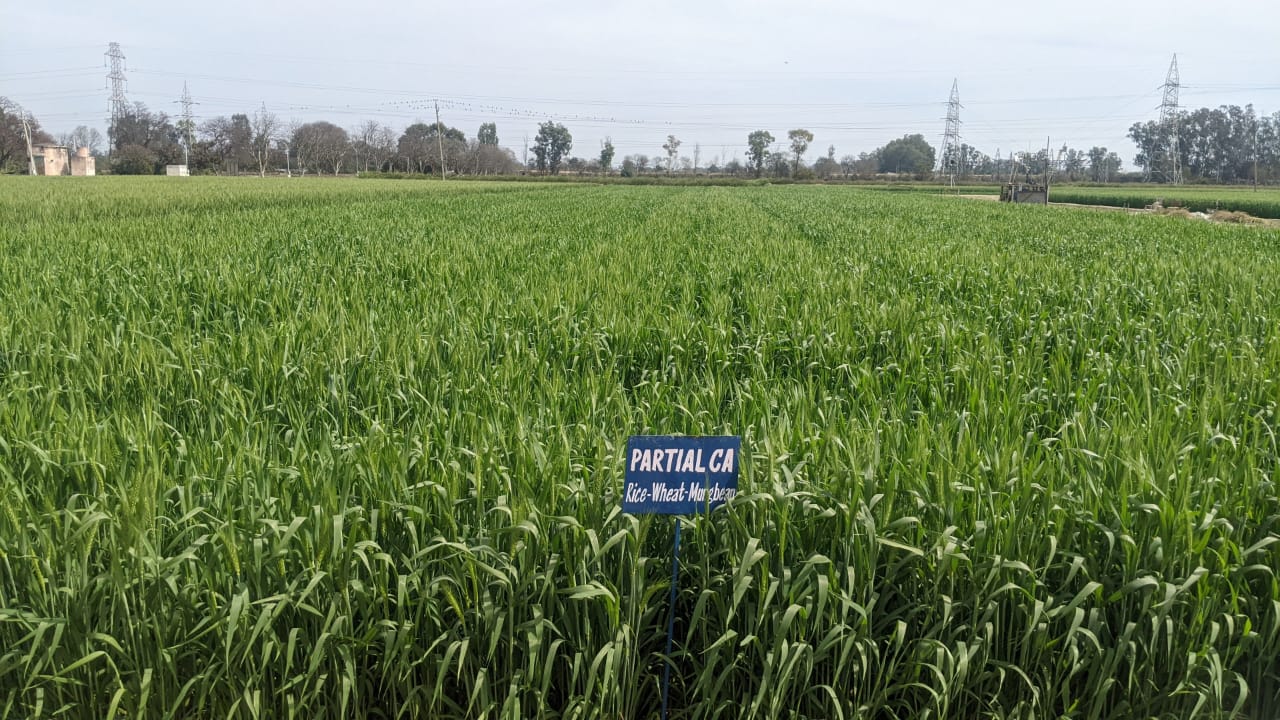
At CIMMYT, we interviewed a group of CGIAR scientists who recently published a long-term study on sustainable intensification in the Western Indo-Gangetic Plains. Their work, conducted at the Central Soil and Salinity Research Institute (ICAR-CSSRI) in Karnal, India, demonstrates how integrating Conservation Agriculture (CA)-based principles into cropping systems can support climate-resilient and sustainable food systems.
“Today, agriculture faces many challenges, such as increasing input costs to maintain yield in the face of climate change and ensuring the sustainability of agricultural land,” said Mahesh Gathala, senior scientist at CIMMYT.
He mentioned that the collaborative research spanned over eight years, covering various crops and cropping cycles, and studying seven scenarios representing different farming practices. One scenario was based on farmers’ existing practices, while the other six involved combining and integrating the agronomic management practices and crop diversification options based on CA principles. The team collected data on yield, profitability, soil health, global warming potential, and fertilizer use, to name critical factors.
Gathala highlighted, “The findings are consistent with our previous research conclusions, while reinforcing the significant compounding impact of Conservation Agriculture-based cropping practices in the region, in the long-run.”
According to M.L. Jat, a former CIMMYT scientist who is global director for ICRISAT’s Resilient Farm and Food Systems Program, the CA-based measures that emerged from this research are applicable in much of the Western Indo-Gangetic Plains and beyond.
“Most of our research trials over some 2-5 years have provided substantial evidence in favor of Conservation Agriculture-based cropping diversification and sustainable intensification,” Jat said. “However, this study is one of very few long-term, collaborative research trials that provide strong evidence for policy decisions on resilient, climate-smart cropping system optimization to boost yields and nutrition, while improving soil health and fighting climate change.”
Other lead authors of the publication, Timothy Krupnik, principal scientist at CIMMYT and CGIAR South Asia, and Tek Sapkota, the Climate Change Science lead at CIMMYT, provided further explanation of important lessons from this eight-year study.
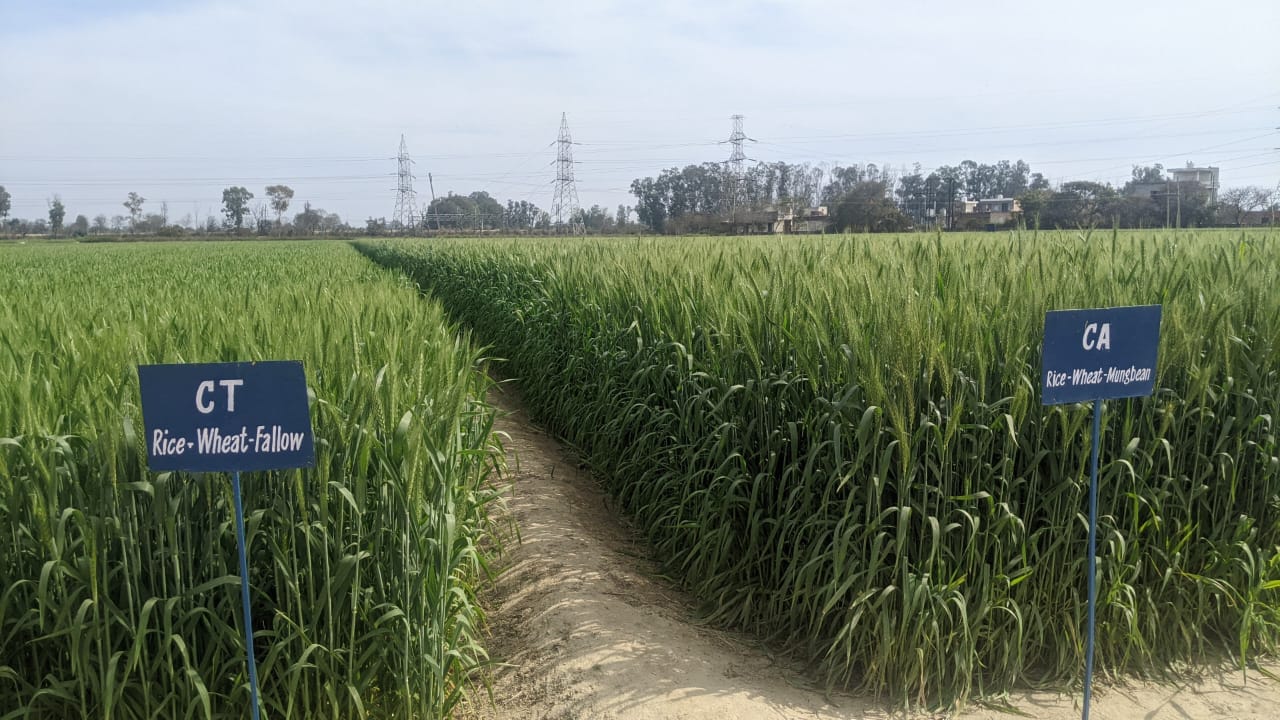
How does CA contribute to the sustainable and conscious use of natural resources? In what ways could CA be framed to governments to develop policies that do a better job of feeding us nutritious food while contributing to climate change adaptation and mitigation?
Tek Sapkota: Conservation Agriculture promotes the production of nutritious, diversified crops, sustainable yield improvements, climate change adaptation, economic benefits, and environmental protection. Governments can support these initiatives through financial incentives, subsidies, investment in research and extension services, and the development of supporting infrastructure and market access. This support further enables farmers to implement and benefit from sustainable agricultural practices.
CIMMYT and CGIAR-led projects in South Asia, like CSISA/SRFSI/TAFFSA, have already recorded some wins for CA implementation. What are some immediate implications of this study on CIMMYT’s ability to deliver this knowledge to more smallholders in the region?
Timothy Krupnik: The ICAR-CIMMYT partnership establishes long-term experiments, or living labs, across diverse ecologies to build trust among smallholder farmers, extension workers, and stakeholders. These initiatives aim to demonstrate CA’s benefits, as part of sustainable intensification. The science-based evidence generated will be co-owned by partners, through their extension networks, and shared with farm communities to highlight CA’s advantages. Additionally, the study supports reducing carbon footprints, contributing to climate change mitigation and sustainable agricultural practices and potentially used by carbon market players to disseminate CA.
Apart from climate resilience, could you explain what are the economic benefits of diversification in the rice-wheat dominant systems?
Tek Sapkota: Diversifying away from rice-wheat cropping systems provides significant economic benefits beyond climate resilience. It enhances income stability, improves resource use efficiency, maintains soil health, reduces production costs (such as irrigation expenses and water usage), and opens up new market opportunities. Diversification contributes to the creation of more sustainable and profitable farming systems.
How can CGIAR and national agricultural research and extension systems promote more widespread adoption of these technologies by farmers in South Asia and beyond?
Tek Sapkota: By establishing a multi-stakeholder platform for learning, knowledge sharing, and developing adoption pathways, CGIAR Research Centers could work together with national partners to create programs that support capacity building and knowledge transfer. Another crucial step would be to collaboratively adapt and customize the technology to local production conditions ensuring smooth implementation at the grassroots level. Additionally, it is important to encourage innovations in policies, markets, institutions and financial mechanisms to facilitate scaling.
Read excerpts of the full journal article: Enhancing productivity, soil health, and reducing global warming potential through diverse conservation agriculture cropping systems in India’s Western Indo-Gangetic Plains
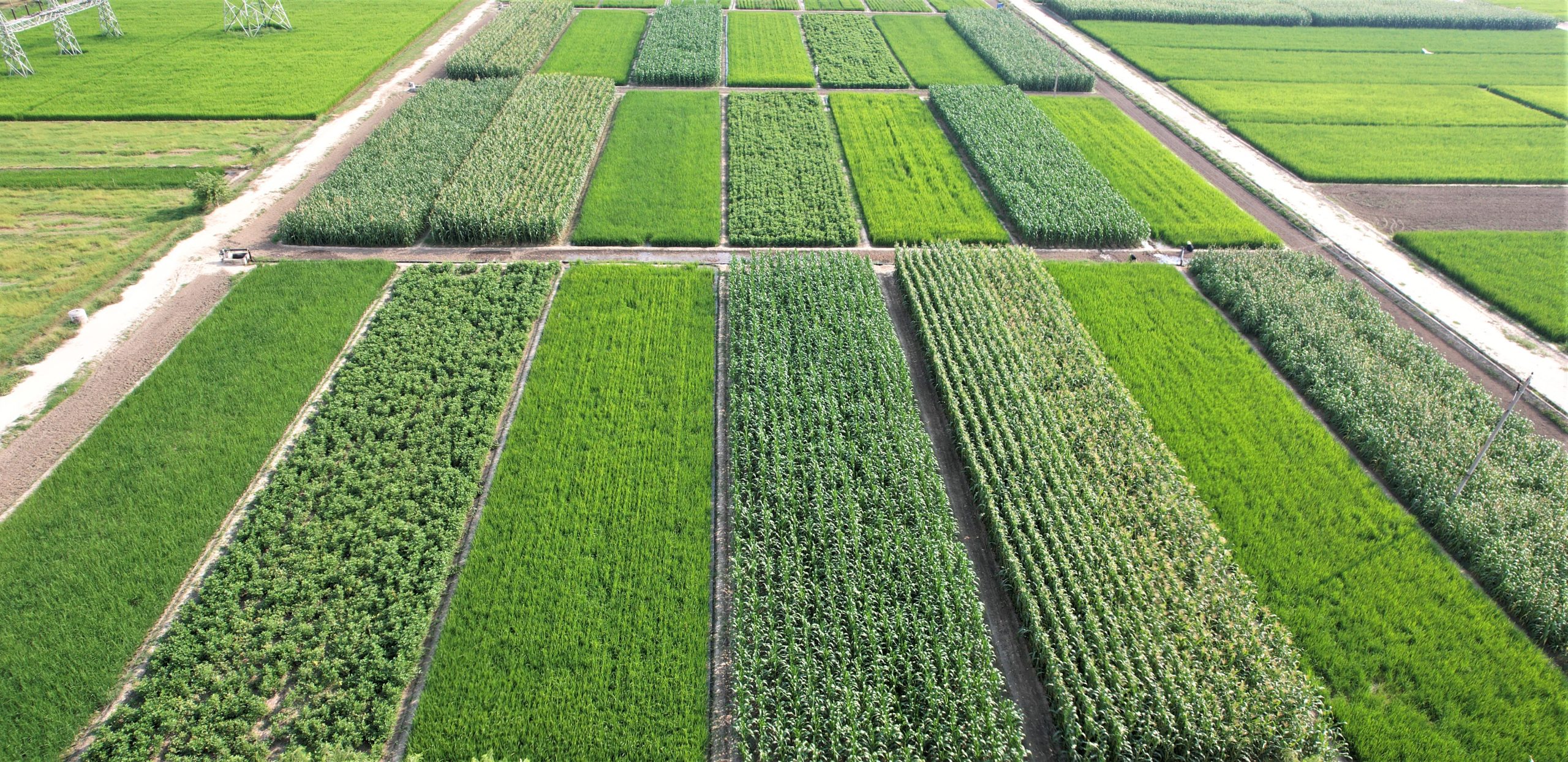
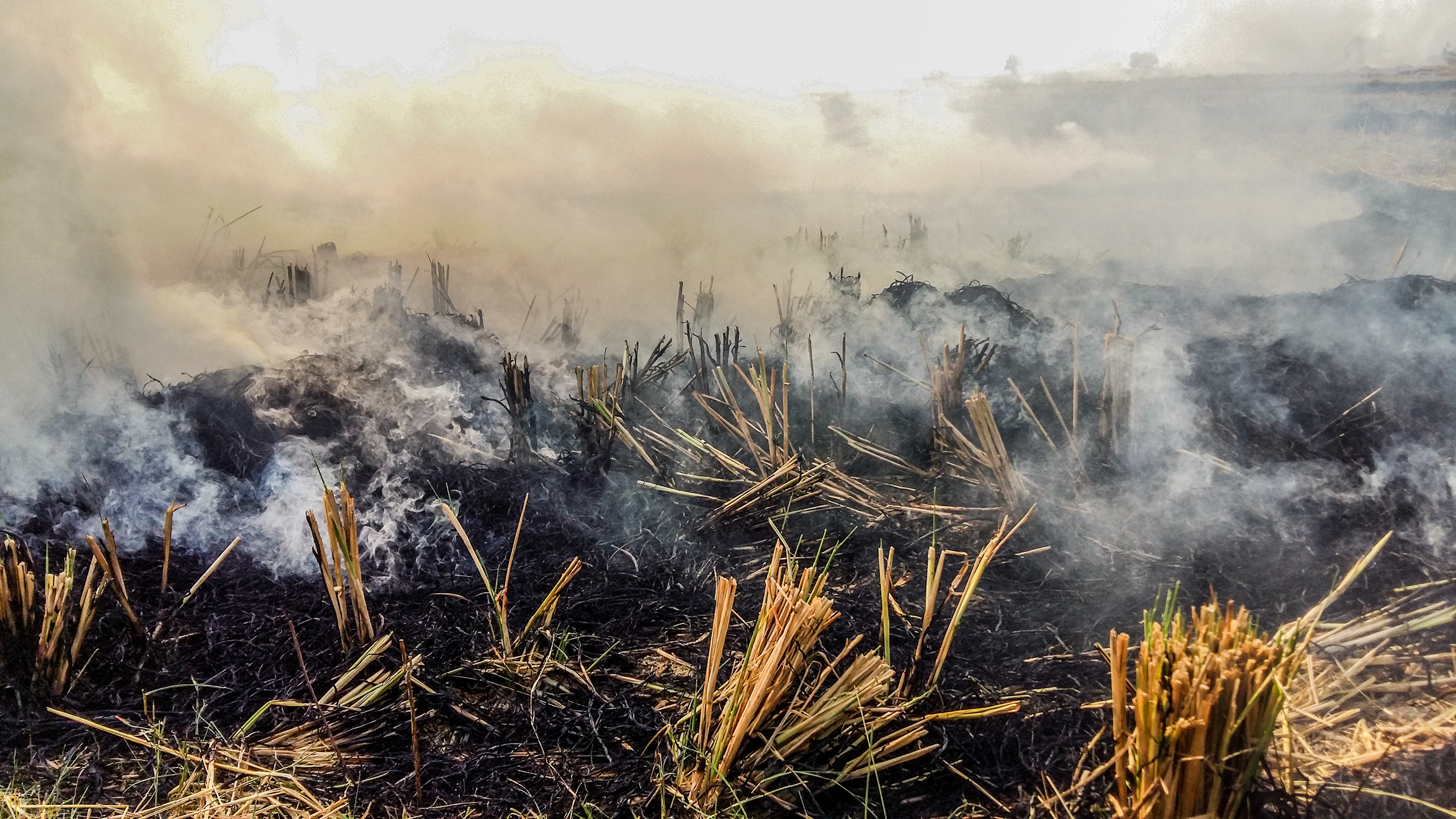
 Climate adaptation and mitigation
Climate adaptation and mitigation 